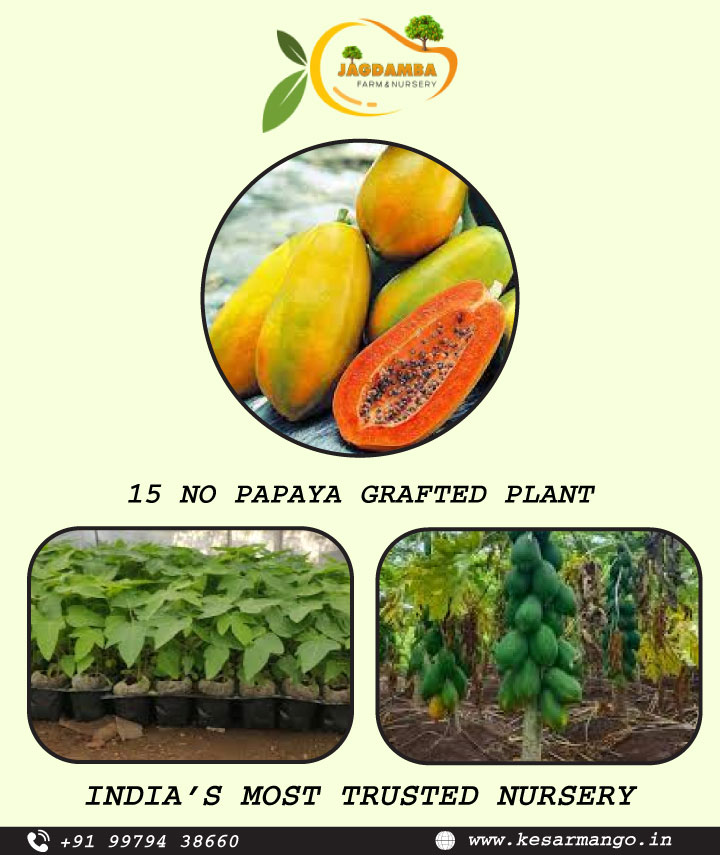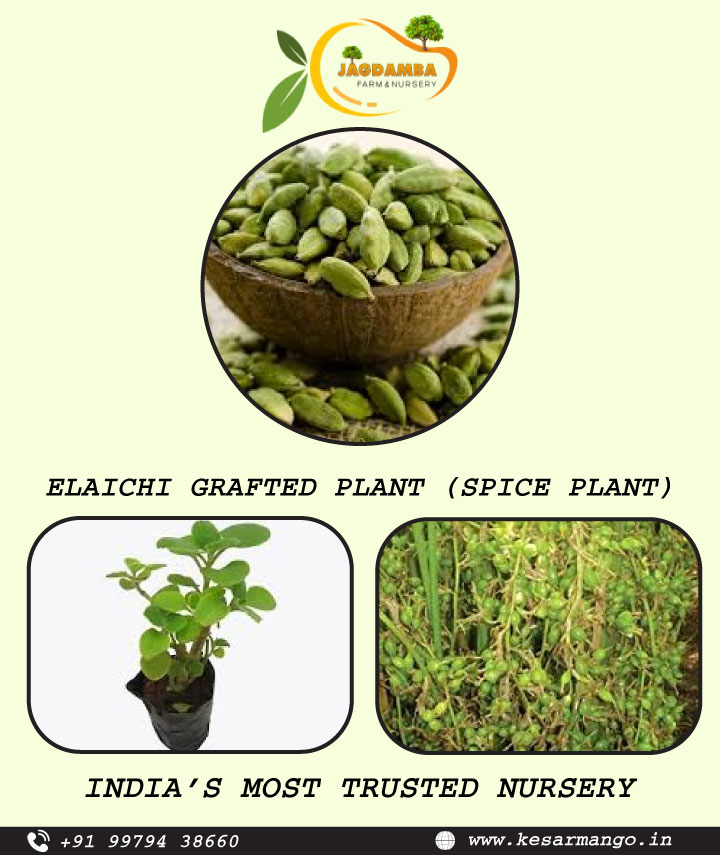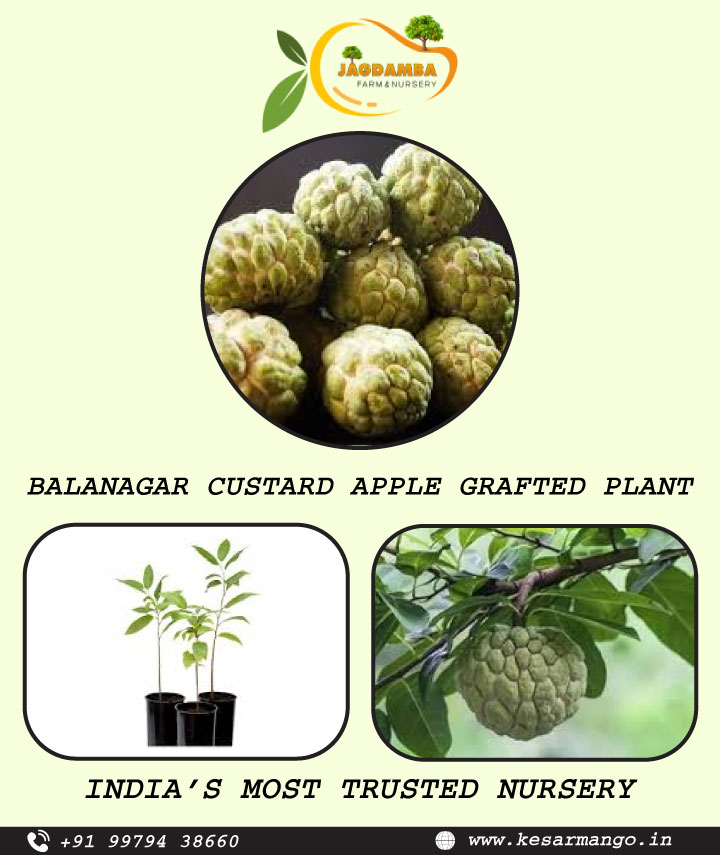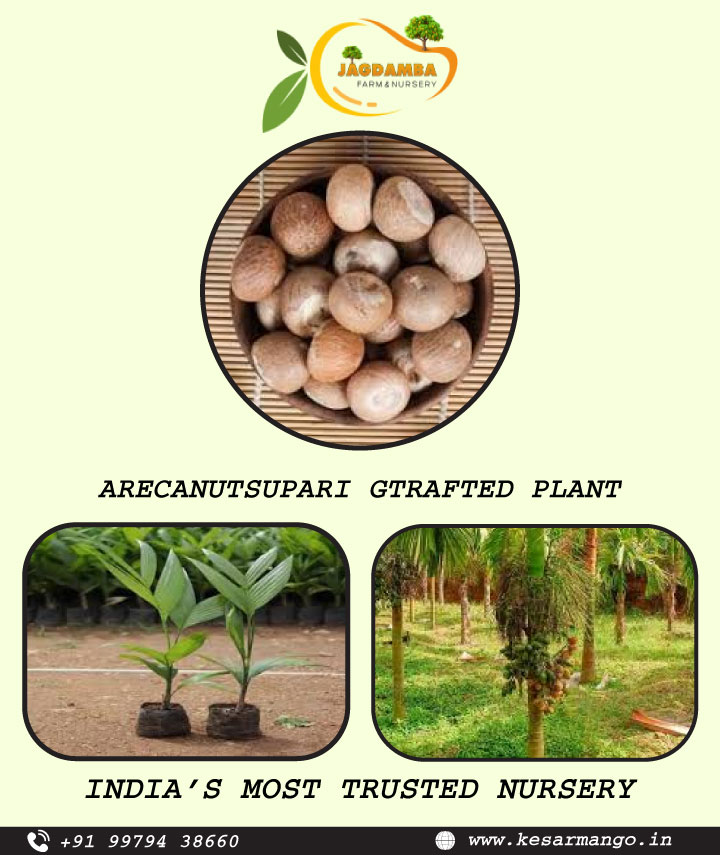Environmental conditions and management techniques necessary for the production of Sandalwood are briefly described:
- Habitat: India
- Sandalwood is a parasitic plant so it requires host plants to partner with. It is dependent on these host plants for its nutrients and water demands to achieve and sustain healthy growth. Nursery raised host seedlings such as mango or another suitable plant should be planted first followed by direct seeding of the Sandalwood nuts adjacent to these established hosts.
- Sandalwood is dependent on other plants for minerals and water but still needs sunlight to make its own sugars, which is why it has green leaves despite having roots which attach themselves to the roots of other plants. The parasitic roots will extend some 10m from the base of each sandalwood tree. The trees need a lot of light and are easily overgrown.
- The Sandalwood naturally is grown in southern states of India where soil pH is between 6-8 and climatic temperatures between 5-50 degree Celsius.
Sunlight :
Soil :
Watering :
Application of Fertilizer :
Plant Protection :
Donts :
Special Feature :
Images are for reference purposes only. Actual product may vary in shape or appearance based on climate, age, height, etc. The product is replaceable but not returnable.

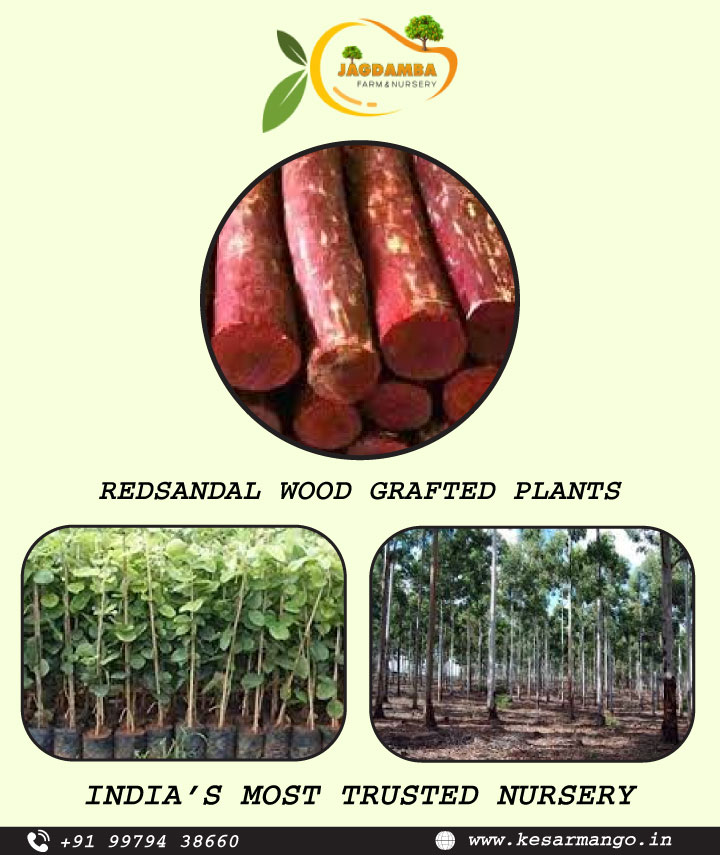





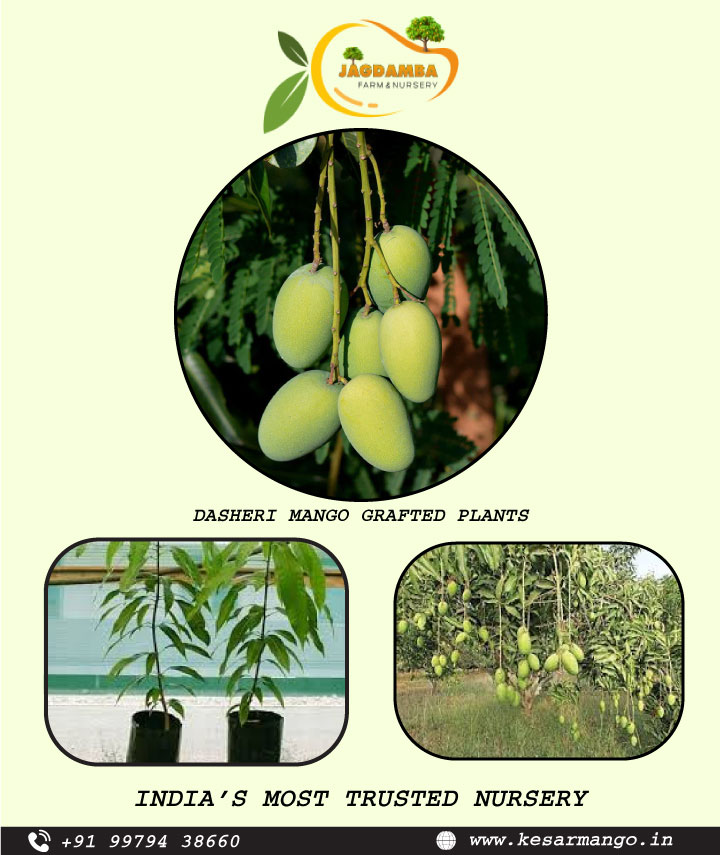




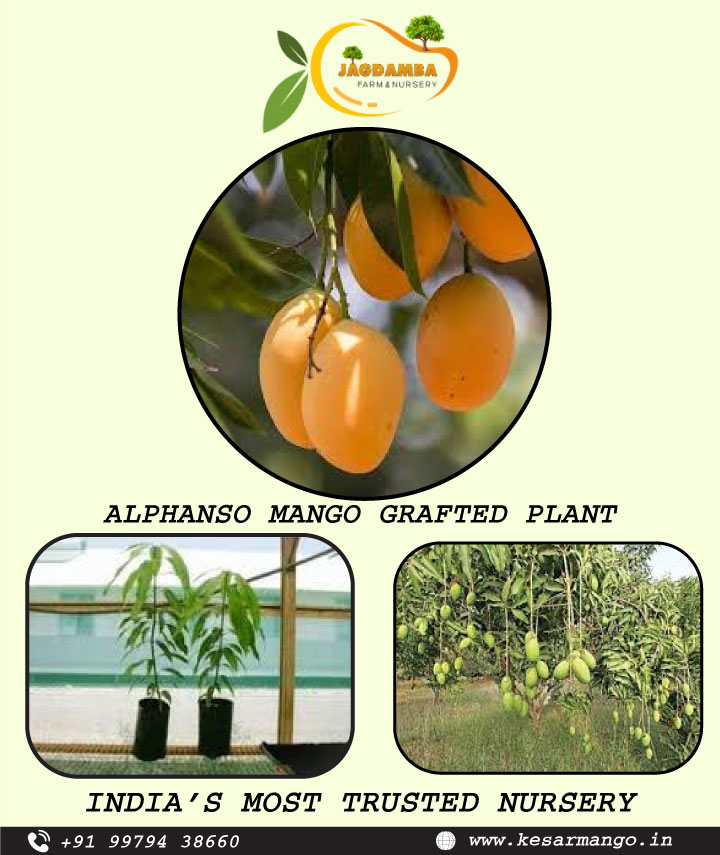













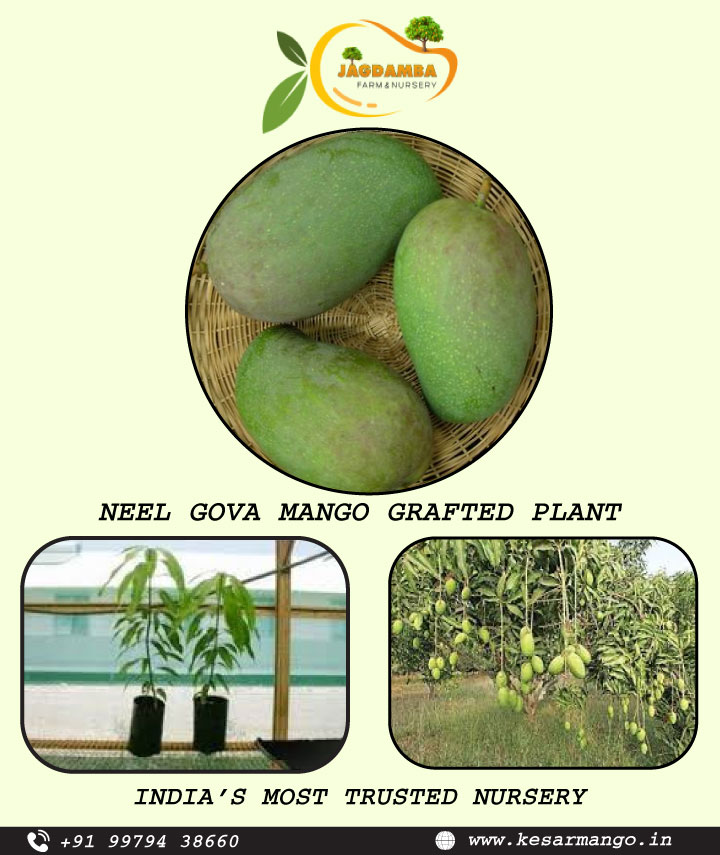






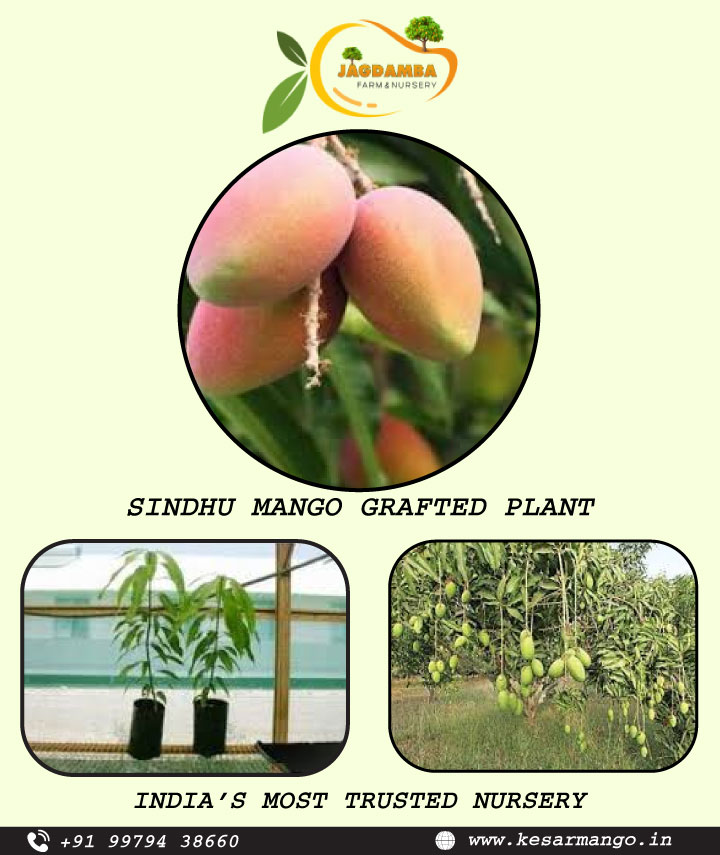


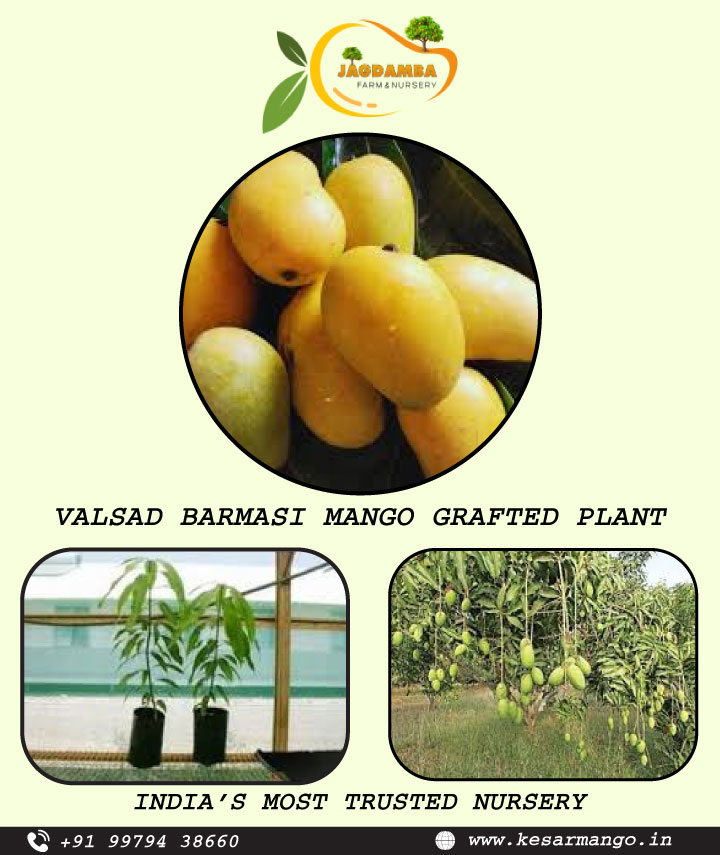









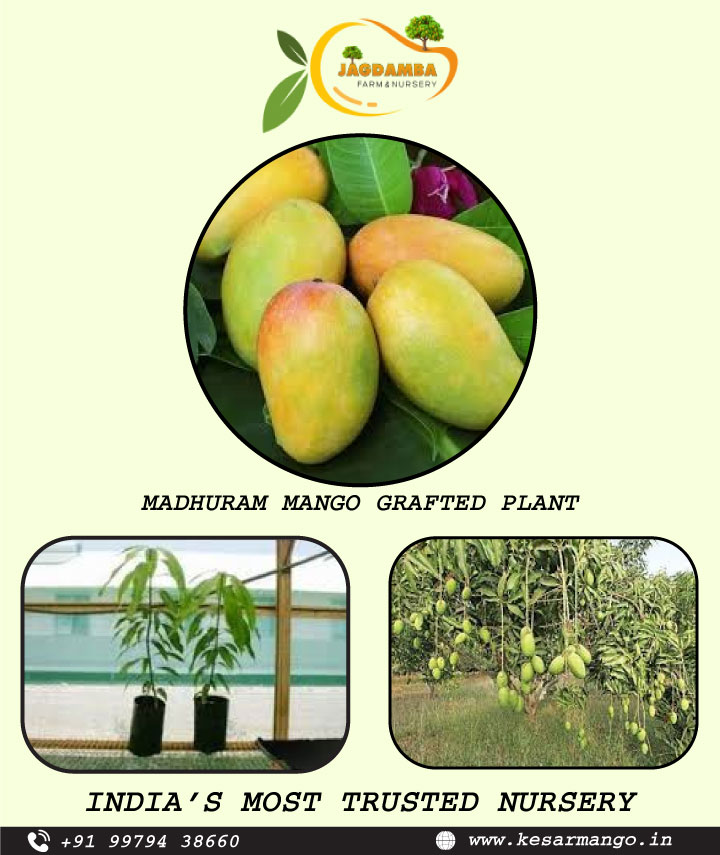



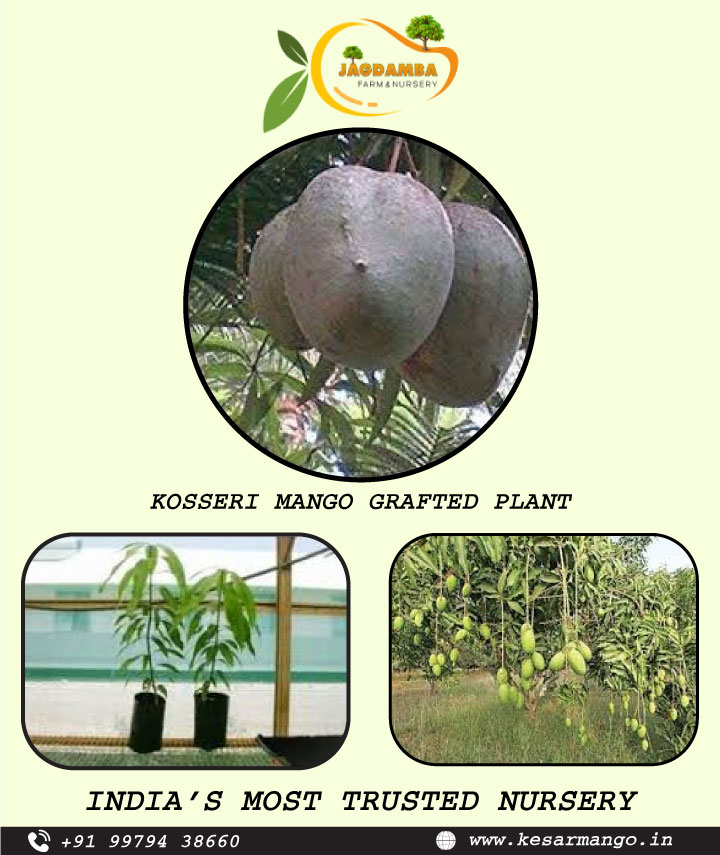


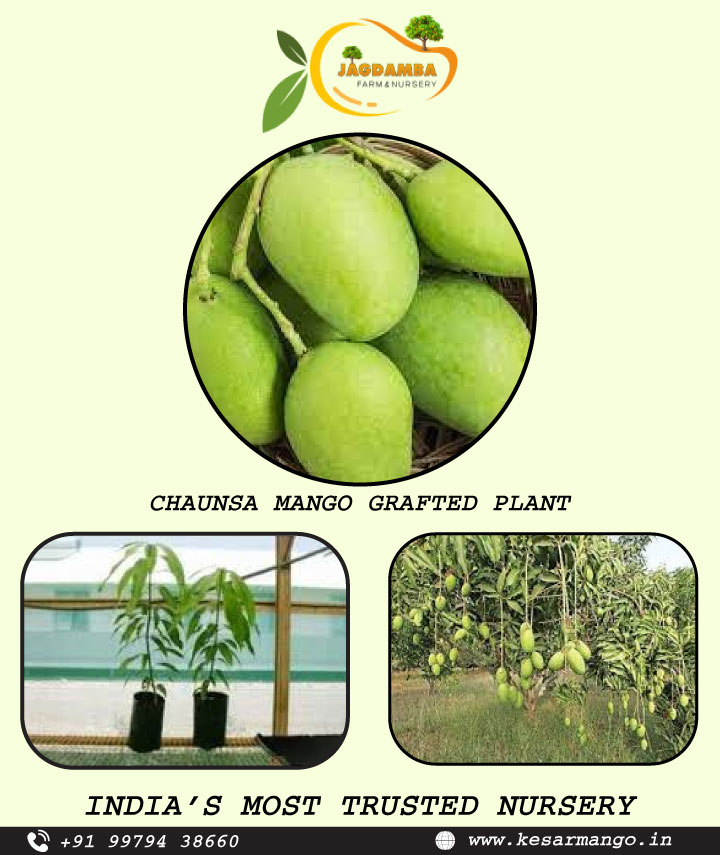








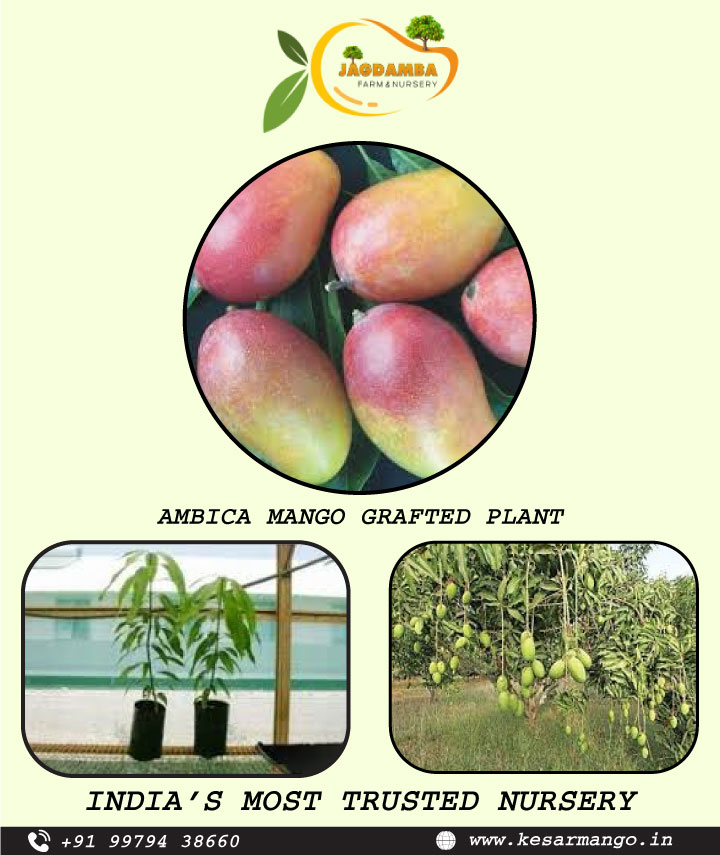















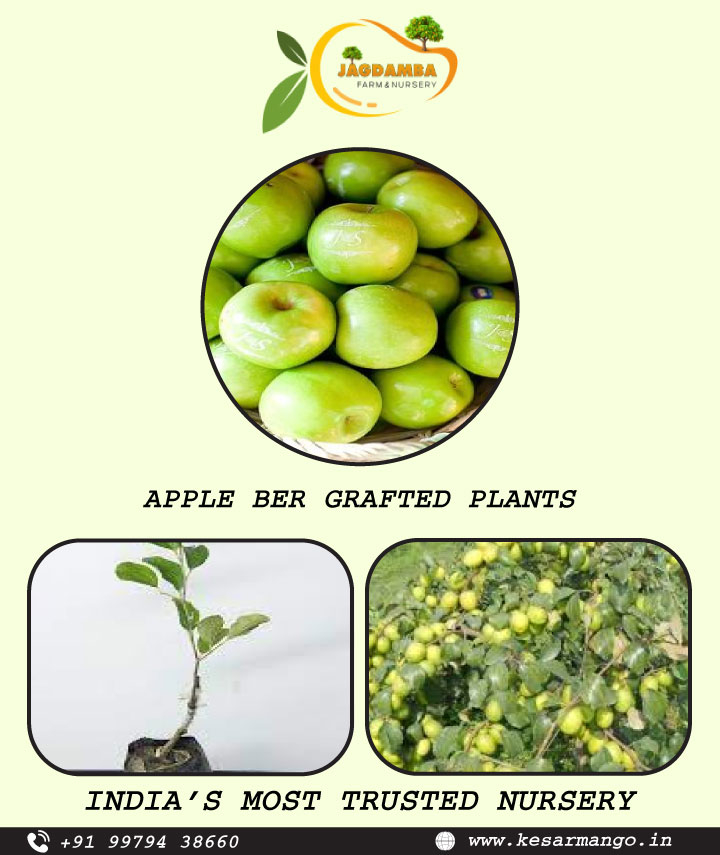










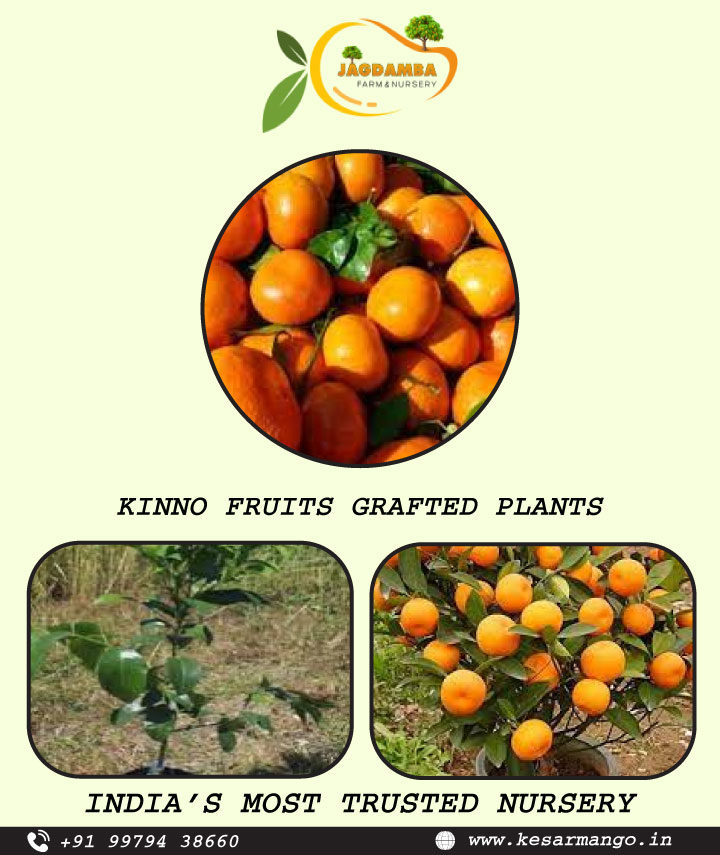







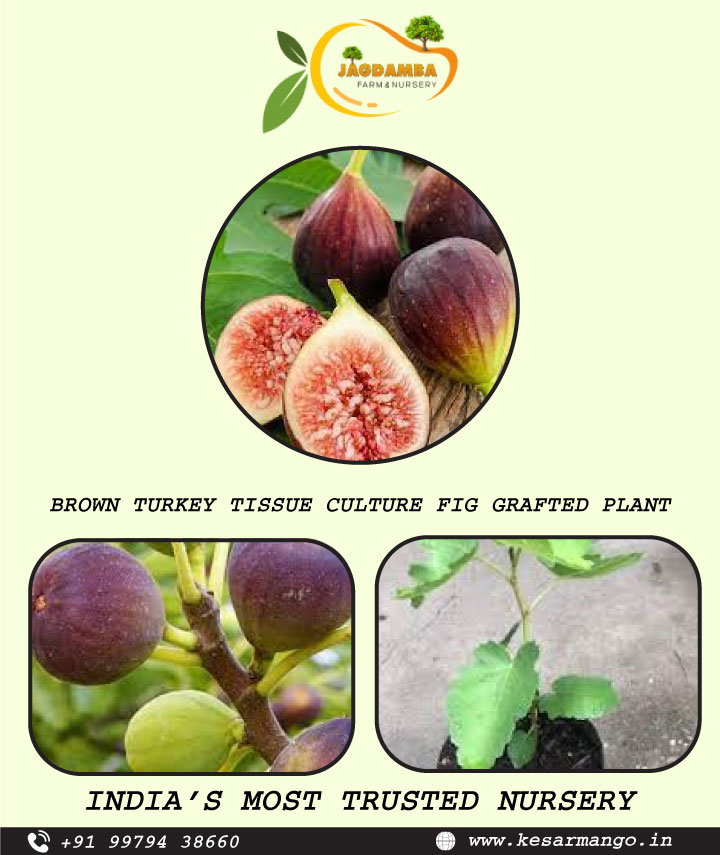









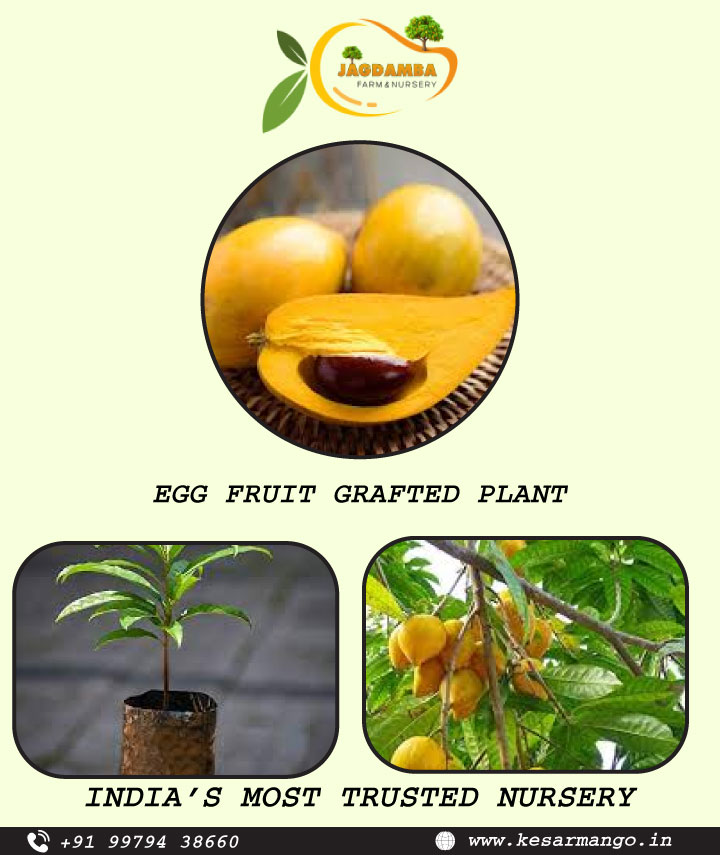











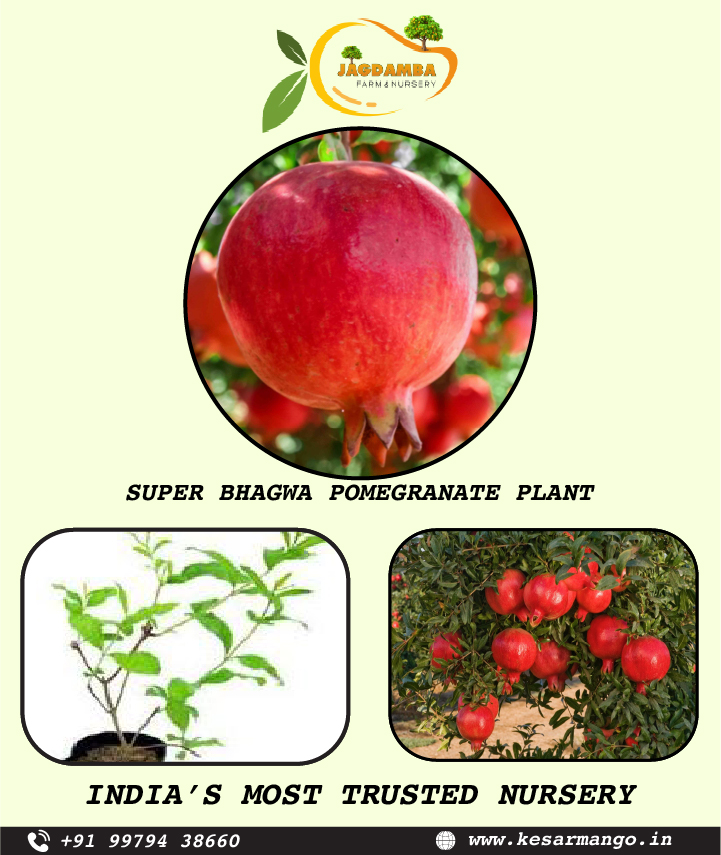
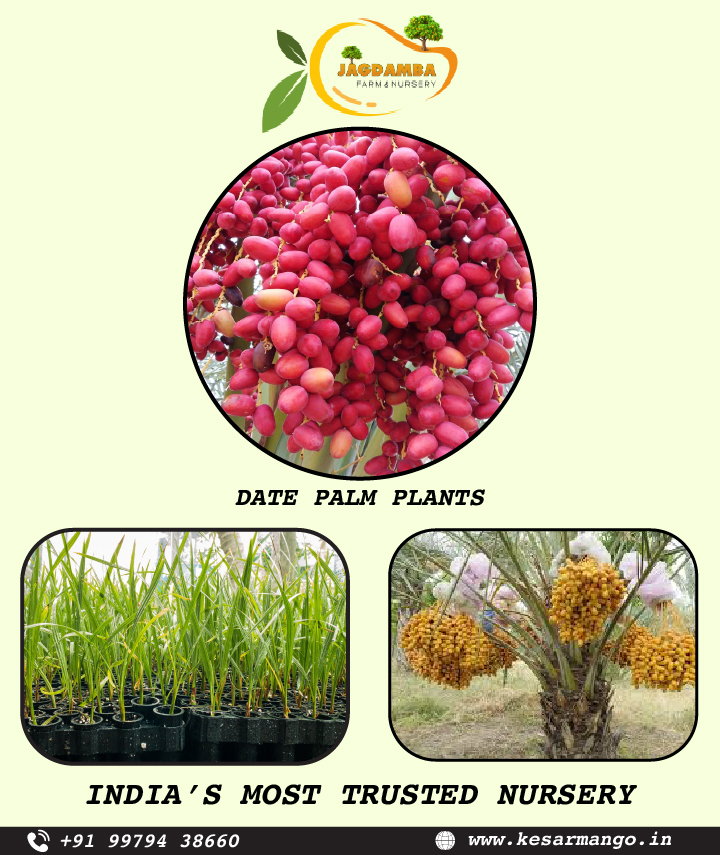


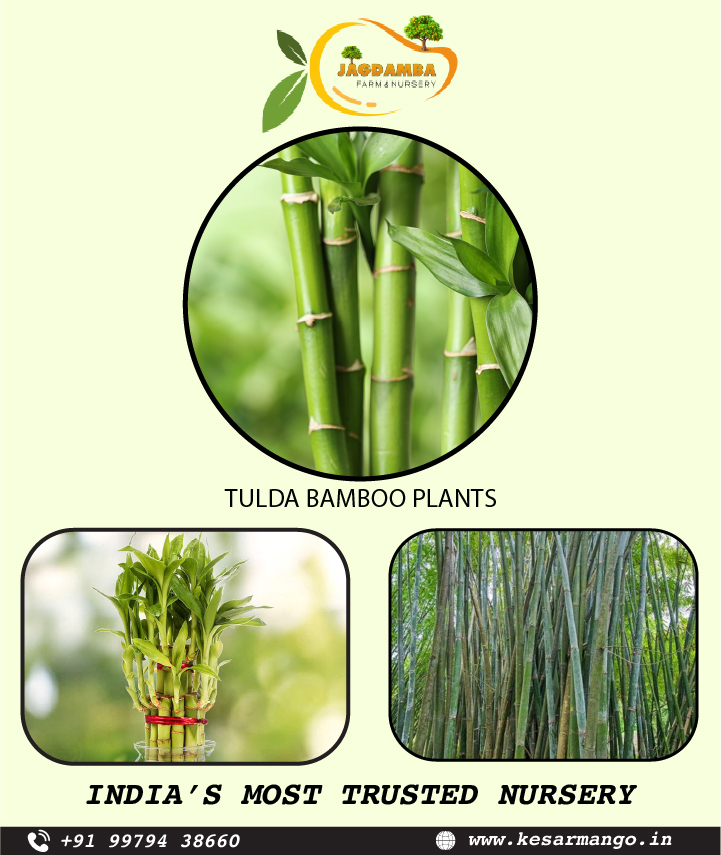









.jpg)




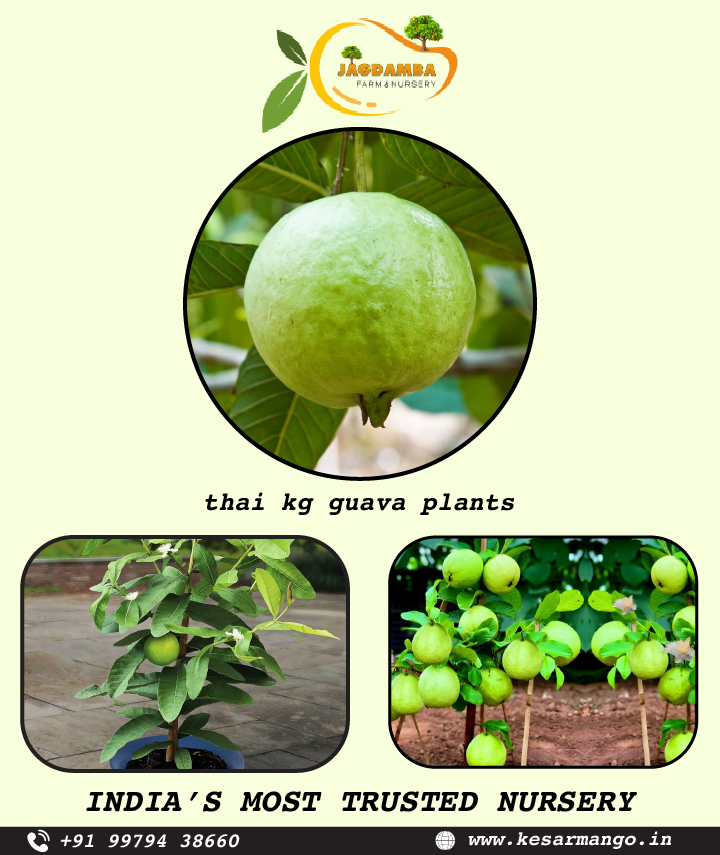







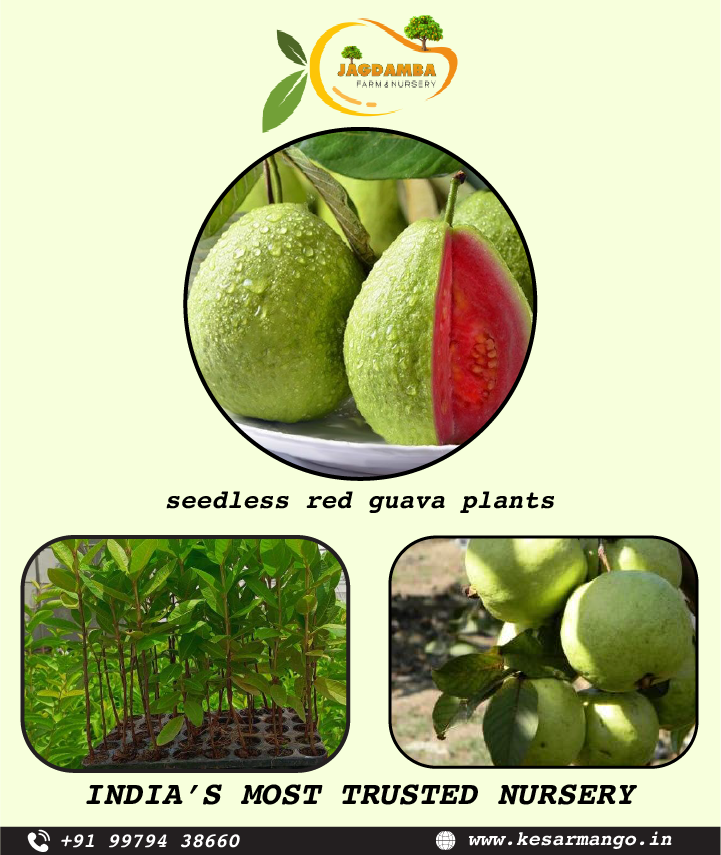



.png)




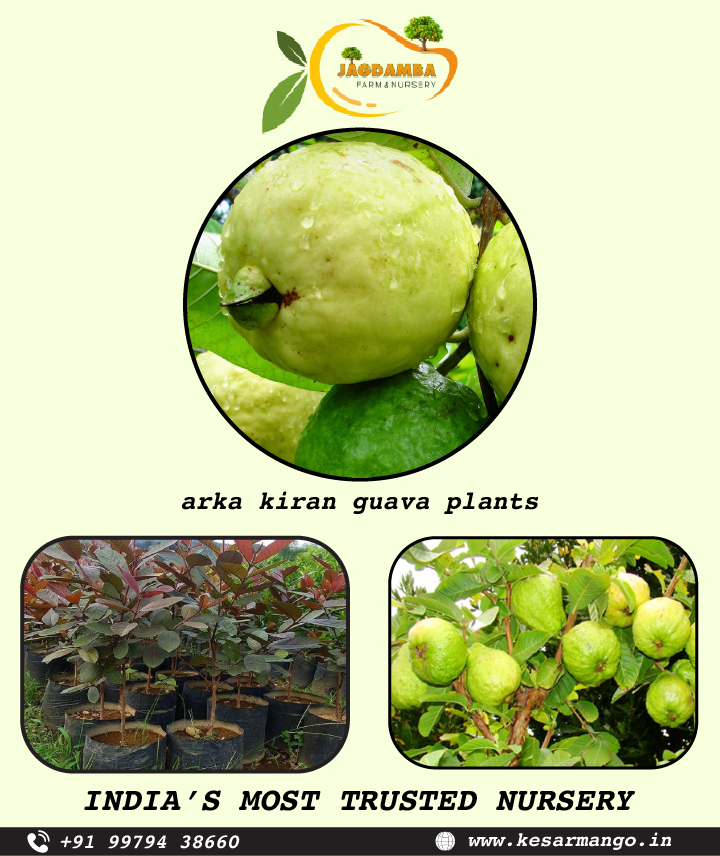



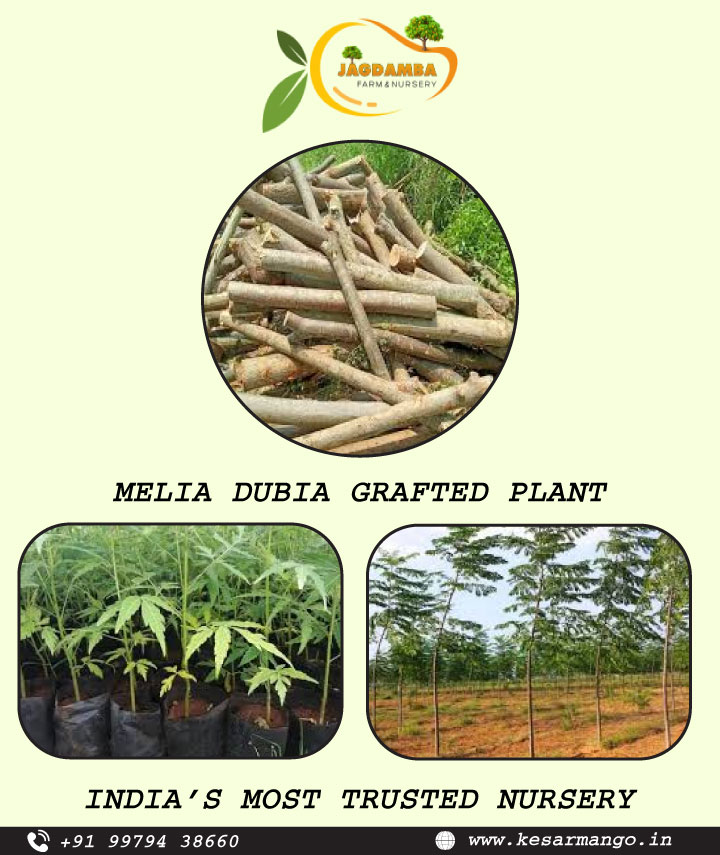
















 grafted plants.png)






